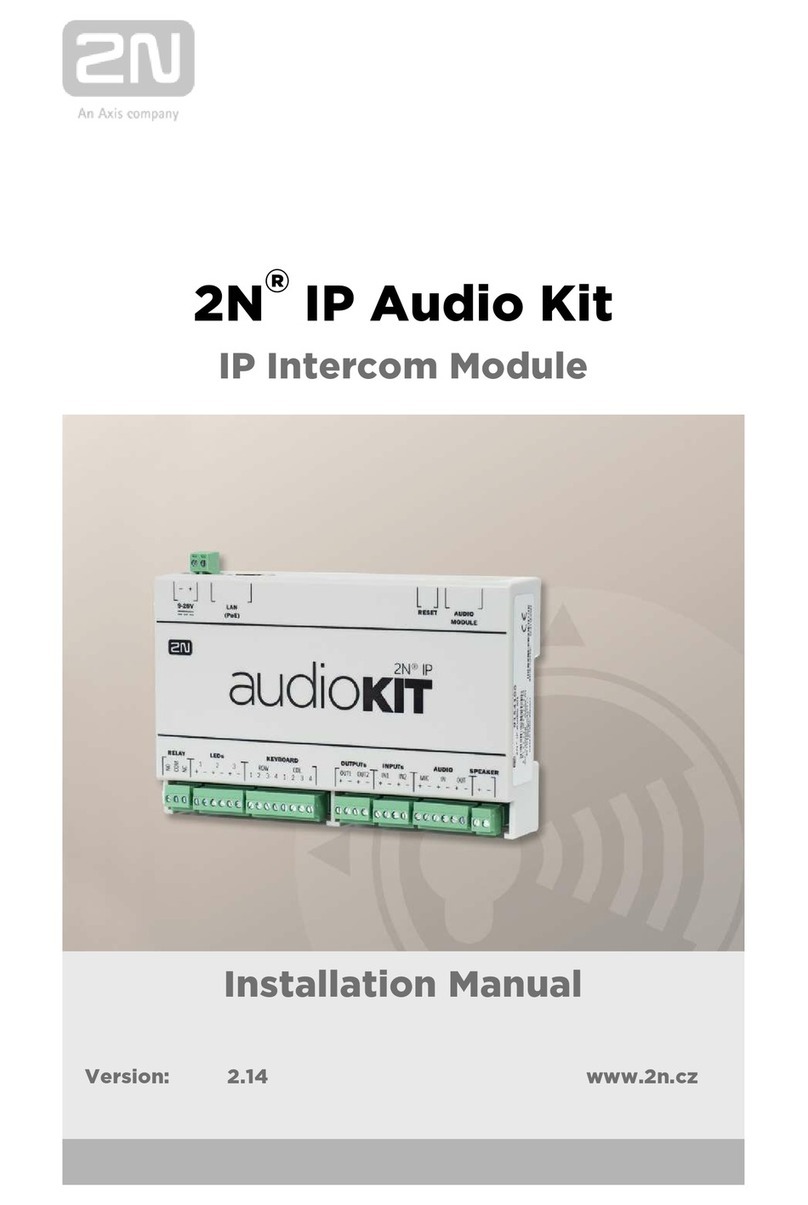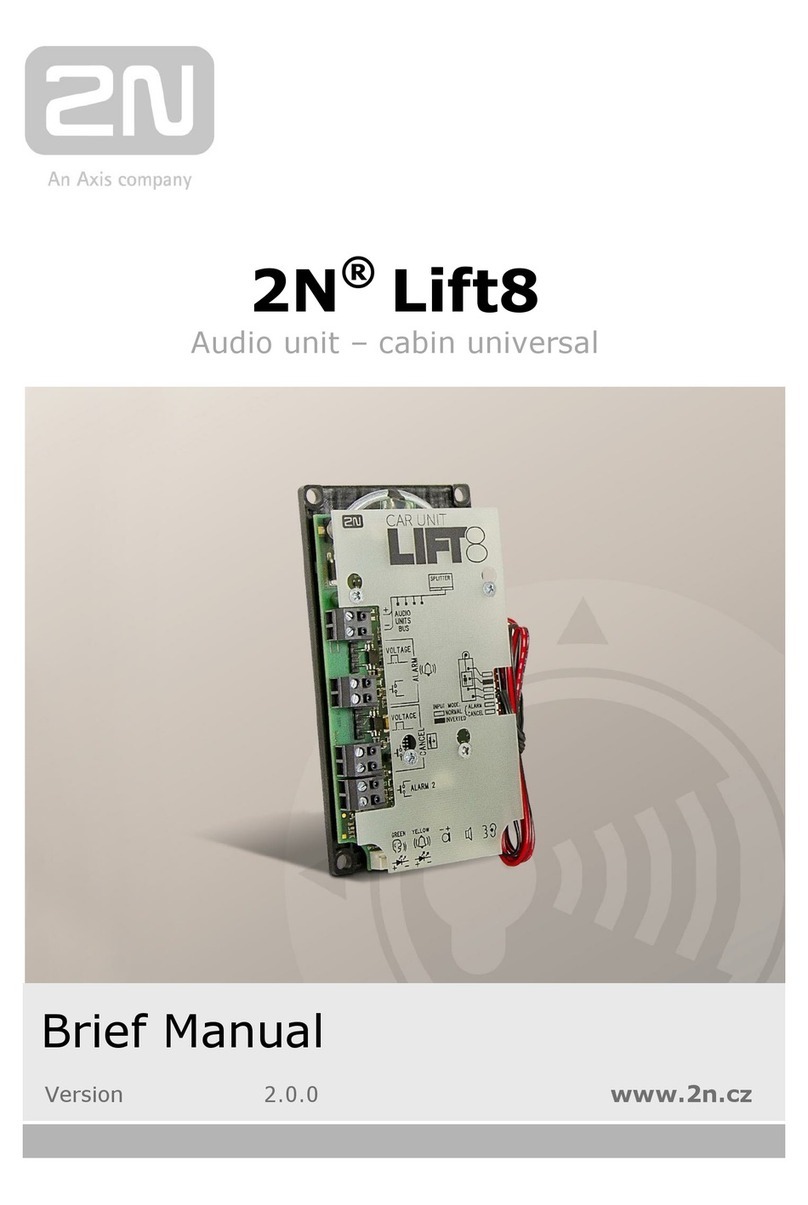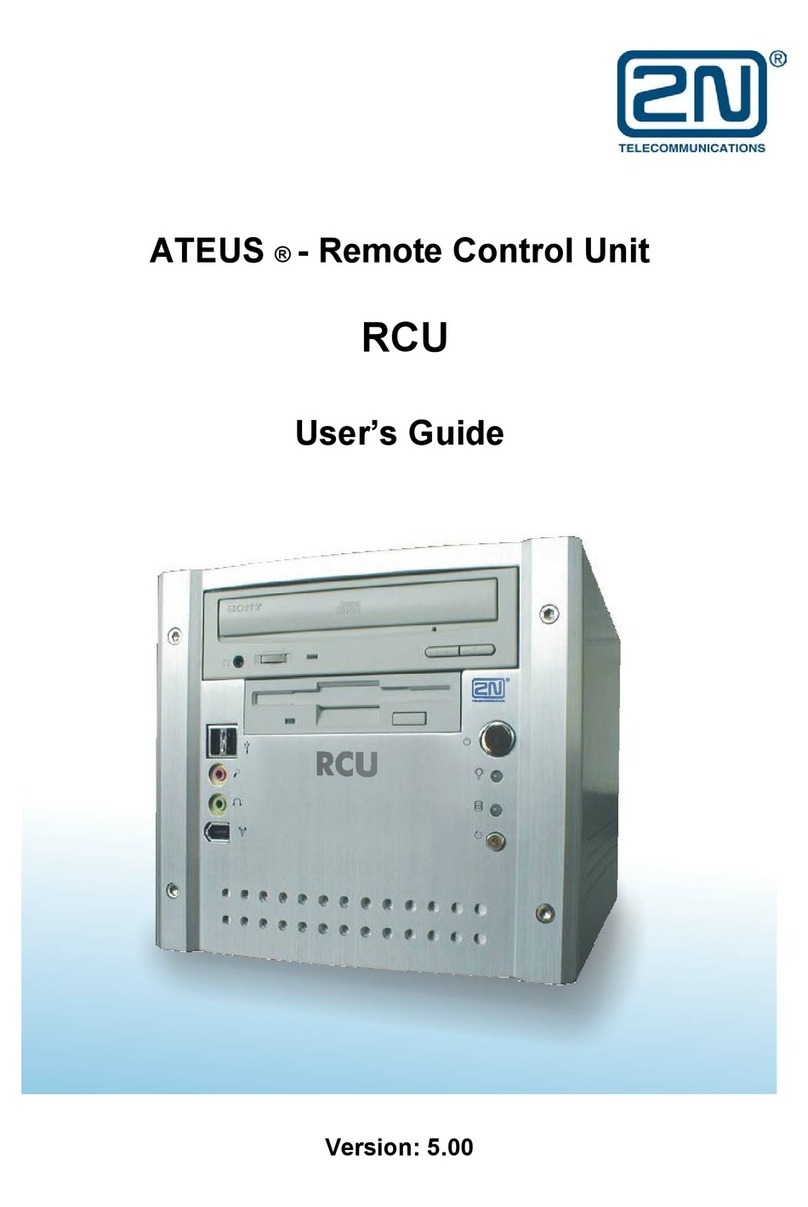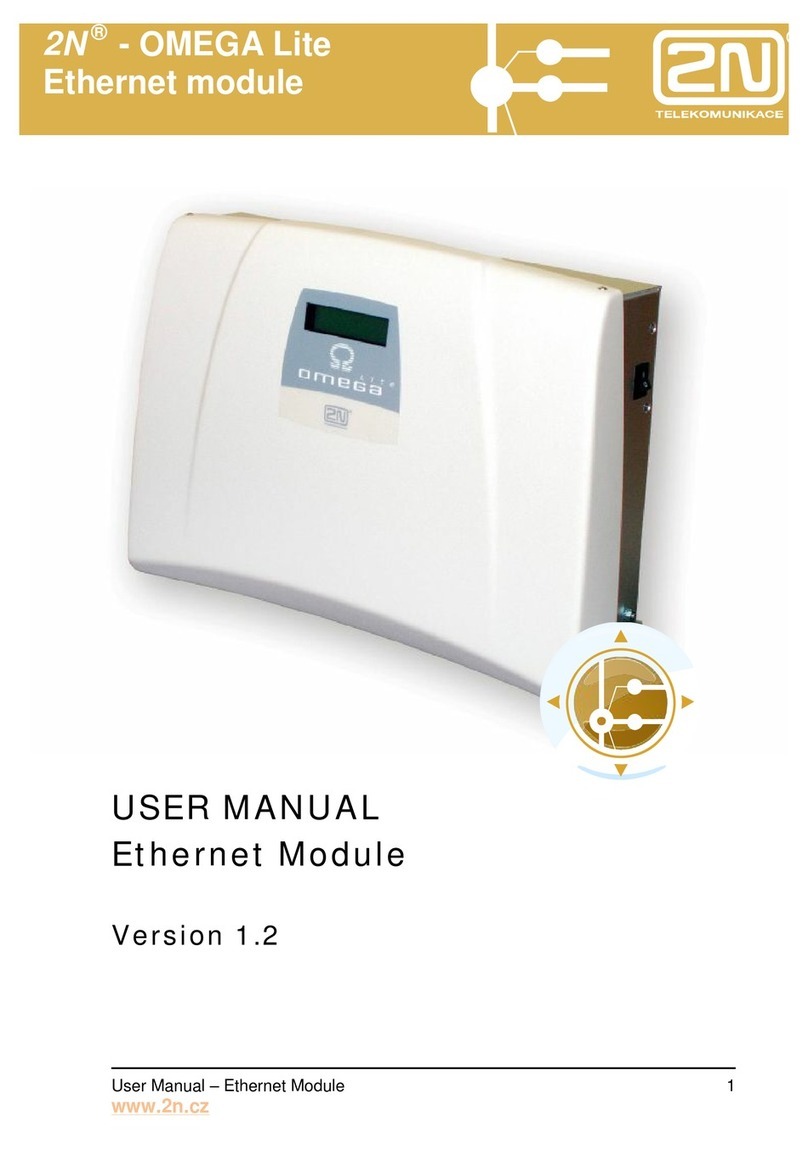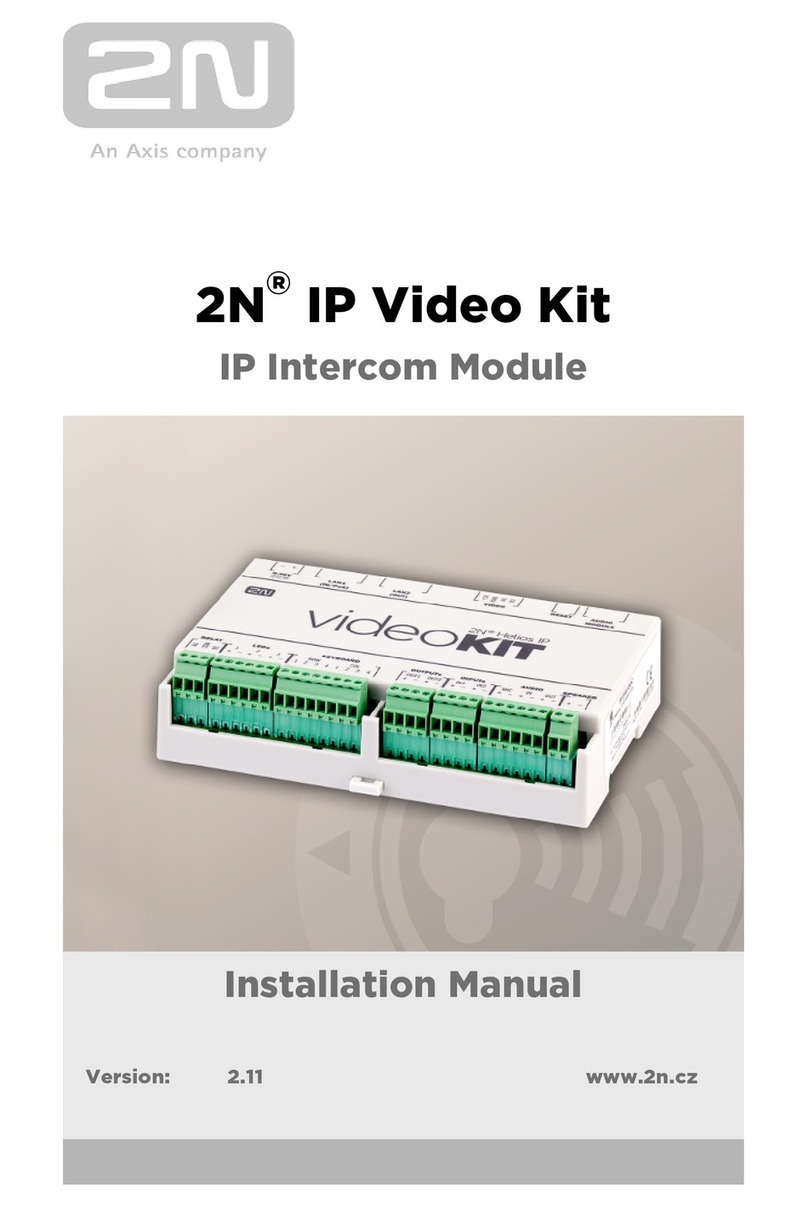
9
Assigning HW address
HW address of the reading modules is by default set to 1. If several reading modules are
to be connected to the communication line it is necessary that each of them is assigned a
unique address. The assigning is carried out via the communication line from the PC as
follows:
•Connect the module(s) to the communication line,
•Write the desired address into the input field “HW address”
•Press the button “Assign with the card” – the program will send request for assigning
the address, reading modules then wait c. 25 s for confirmation of the request by
reading the service card (this can be any card, whose code is entered in the field
“service card” in the program settings), waiting for the confirmation is visible on the
reader by fast double blink of the red LED in c. 2.5 sec. intervals,
•After the service card is read the program starts normal communication with the reader.
Setting operational parameters
Setting operational parameters defined in the corresponding input fields of the program is
carried out after communication was initiated and after the button “Save” was pressed.
Result of the action is shown by the progress indicator in the second part of the status bar.
Modules 2N APS mini in the online regime can be controlled via programs APS mini
Administrator, APS mini Events and APS mini ED. These allow, besides programming the
parameters of the modules, also setting access rights and monitoring various events (for
example arriving and leaving persons) and analyze them. The programs can be
downloaded free of charge from the manufacturer’s website www.2n.cz.
Functions of the explanatory keypad
Using the keypad on the reading
module enables implementing
attendance applications, which require
stating reason before leaving the
object. Key codes correspond to the
numbers on the keypad; keys F1 – F4
have codes 12 – 15. The ESC key
deletes the previously entered code
(i.e. sets the code 0). The ENTER key
has code 11.
After pressing a key the timer starts
counting c. 20 s period, after which the
code is annulled (2 short peeps).
The code is sent along with the number of the card, which was read the code is entered.
Code set for another card is annulled (code of key is set to 0).













